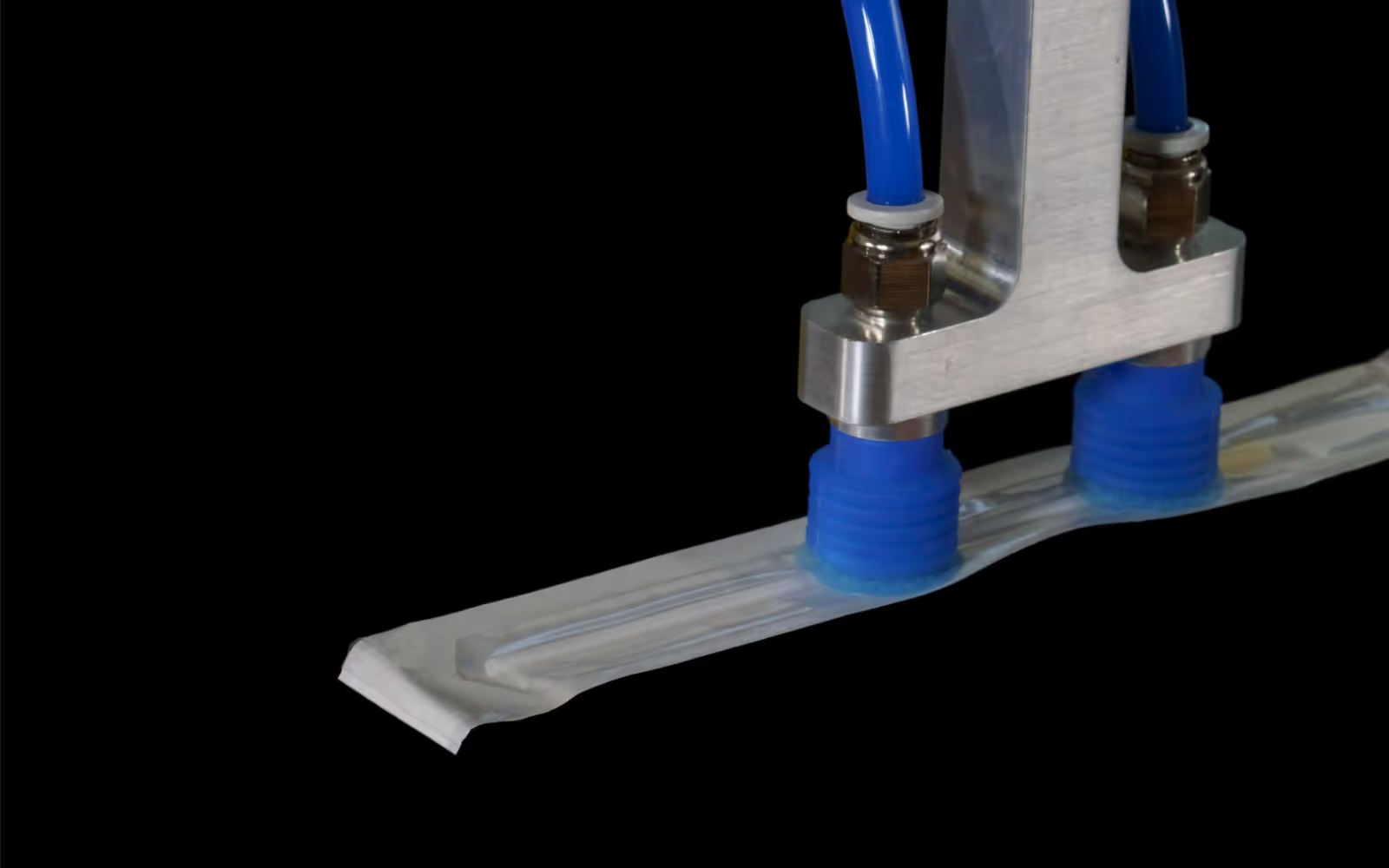

The rise of robotics is transforming the way small and medium-sized businesses (SMBs) operate, providing new avenues for increased efficiency and scalability. However, with limited resources, SMBs must carefully evaluate the return on investment (ROI) before investing in automation. Understanding when robotics makes financial sense is key to maximizing benefits while minimizing risks. This blog post explores the growing interest in robotics among SMBs, highlights the importance of ROI analysis, and answers the critical question: When should SMBs automate?
For SMBs considering robotics and automation, ROI is a crucial metric. It enables businesses to assess profitability about costs, facilitating well-informed decisions that aim to optimize value and reduce expenses.
To calculate the ROI in robotics in SMBs, it’s important to consider both initial and ongoing expenses, alongside potential financial gains. Initial expenses typically include the cost of robot acquisition, installation, and employee training. Continuous operational costs include maintenance, energy usage, and software updates. However, automation through robotics can yield considerable financial benefits, notably in the form of reduced labor costs, increased production rates, and better product quality.
Financial benefits: labor savings, efficiency, quality improvements. For SMBs, understanding ROI helps determine whether automation aligns with their long-term growth objectives and financial capabilities. A thoughtful ROI analysis ensures that investments in robotics are strategic and impactful, avoiding overspending while unlocking measurable gains in productivity and competitiveness. In an increasingly tech-driven world, ROI analysis is a vital tool for SMBs navigating automation.
1. Assess Total Cost of Ownership (TCO)
2. Estimate Savings and Revenue Gains
3. Determine Payback Period
4. Use ROI Calculators
Robotics offers SMBs long-term advantages that enhance financial stability and operational resilience. After the initial payback period, businesses can benefit from consistent positive cash flow, improving profitability over time. The scalability and adaptability of robotic systems allow SMBs to adjust seamlessly to evolving market demands or growth opportunities. Additionally, automation reduces dependency on manual labor, providing stability during periods of labor shortages or market fluctuations. These factors collectively position robotics as a valuable investment for SMBs striving for sustained growth and competitiveness.
Calculating ROI for robotics requires understanding upfront costs, estimating savings, and leveraging tools to simplify analysis. Long-term thinking is vital, as automation offers lasting benefits like scalability and resilience. SMBs should explore tailored robotics solutions and use ROI calculators to make informed decisions that drive sustainable growth and operational efficiency